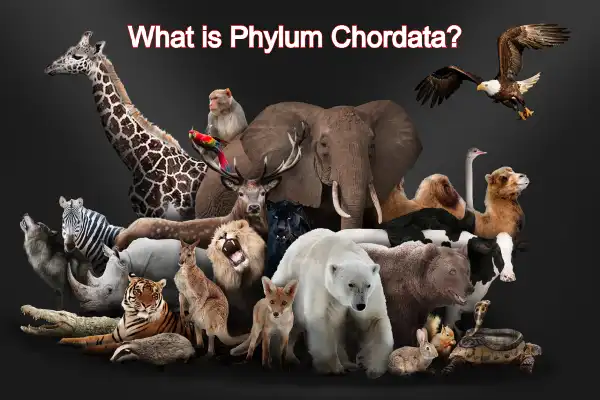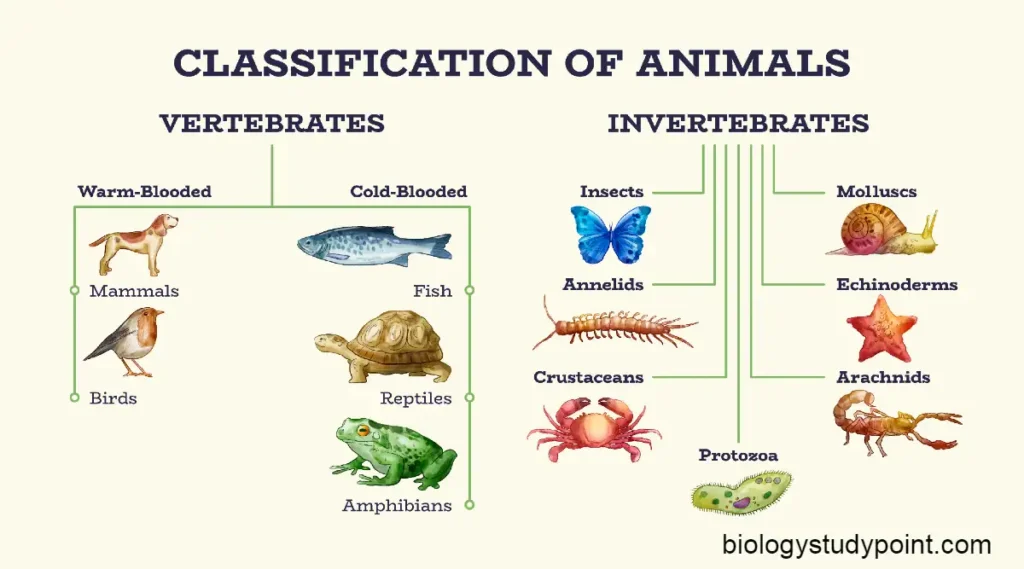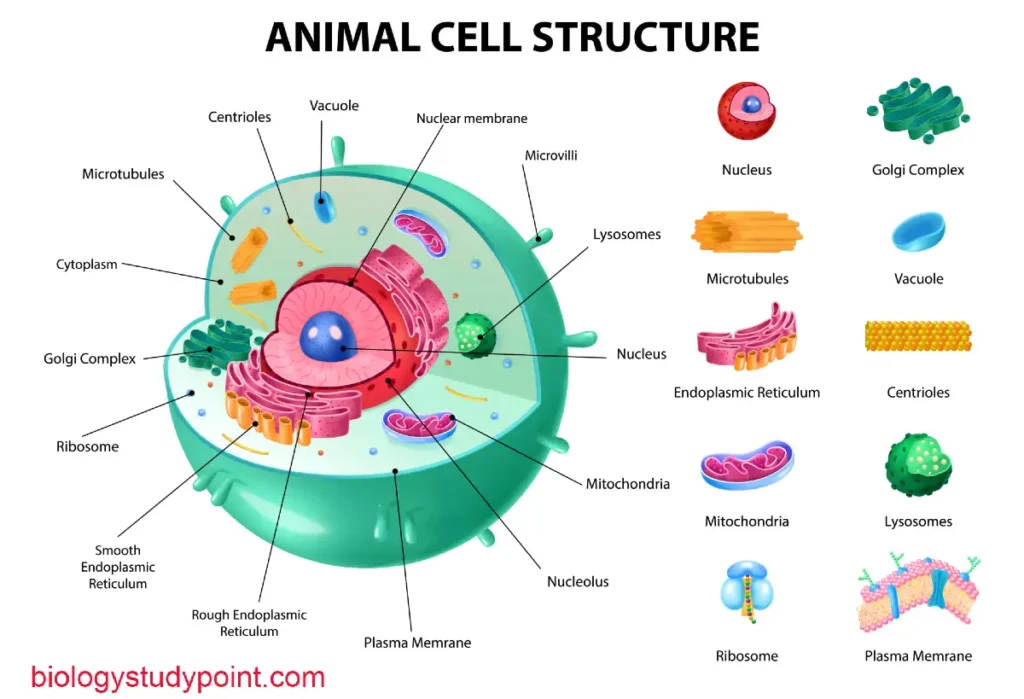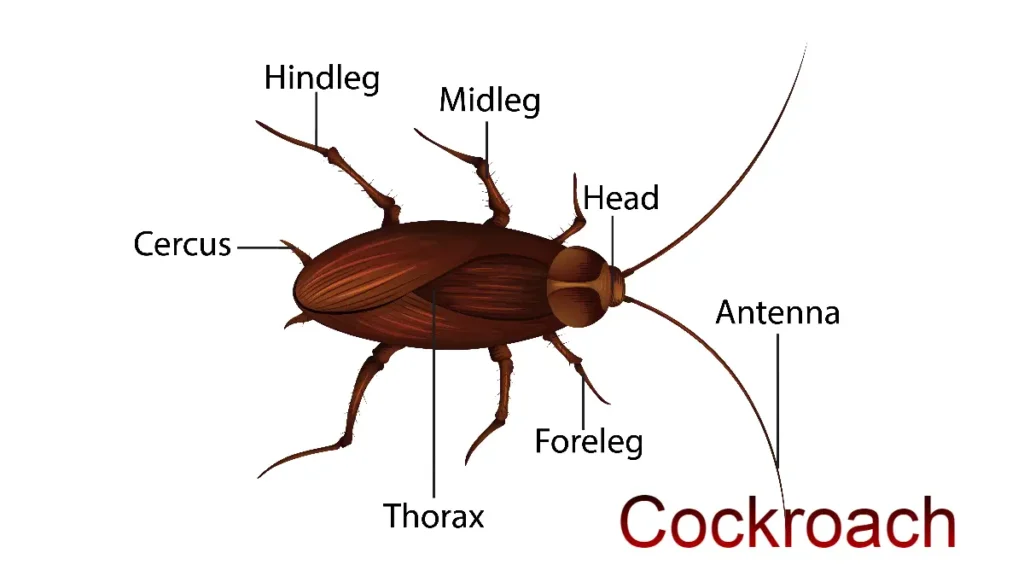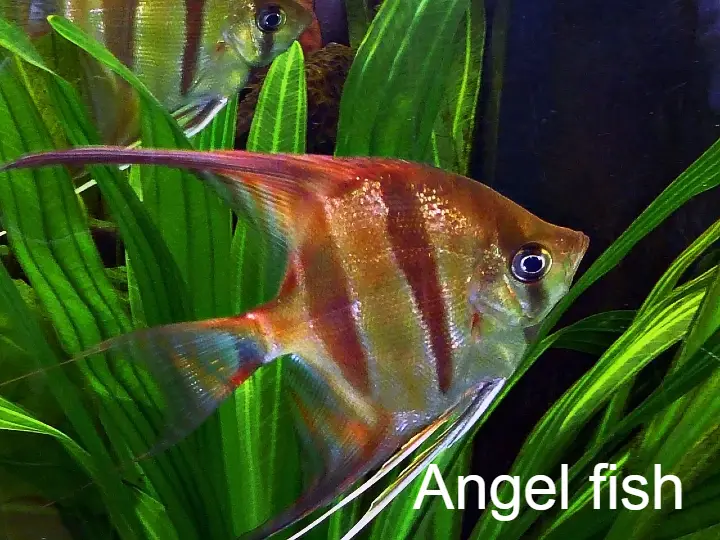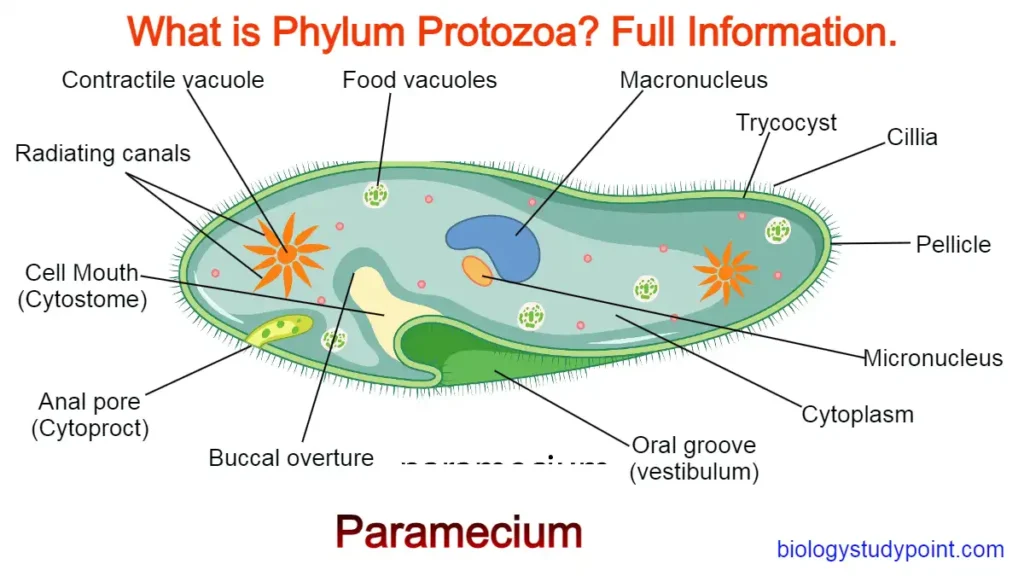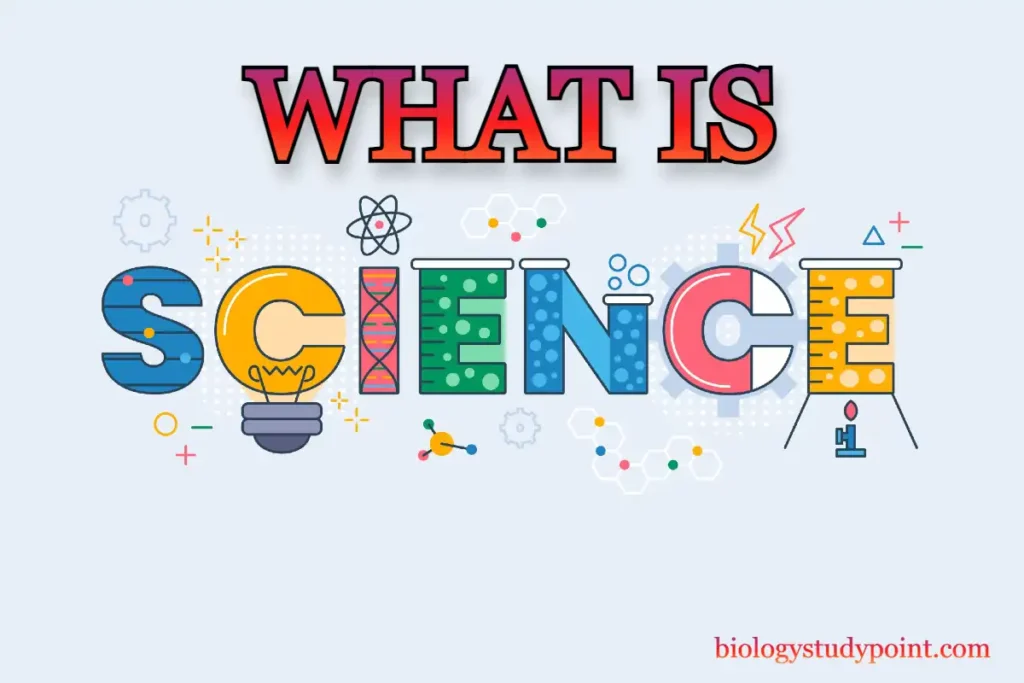Hello friends, Do you want to know more about the phylum Chordata? If so, then this article is for you only. In this article, you have been given step-by-step complete information about Phylum Chordata, so let’s start reading without wasting time.
What is Phylum Chordata?
Characteristics of Phylum Chordata
- Four basic features are found in these animals – Notochord, dorsal hollow nerve cord, paired pharyngeal slits, and a post-anal tail.
- They show bilateral symmetry, triploblastic, coelom, and organ system level organization.
- In these, the tail is found after the anus.
- Closed circulation is found in them.
What is the difference between non-chordates and chordates?
| Chordates | Non-chordates |
| Notochord is found in them. | They do not have a notochord. |
| In these, the central nervous system is dorsal hollow and single. | The central nervous system is solid and double in the substratum. |
| Gill slits are found in their pharynx. | Gill slits are not found. |
| In these, the heart is in the ventral part. | In these, the heart is located in the dorsal part. (if it happens) |
| In these, a tail is present after an anus. | They do not have a tail after the anus. |
Classification of Phylum Chordata
The phylum Chordata is divided into three subphyla.
- Urochordata
- Cephalochordata
- Vertebrata
Urochordata and Cephalochordata are the oldest chordates; hence, they are called Protochodata, and Vertebrata is called Euchordata or Modern Chordata.
All vertebrates are chordates, but all chordates are not vertebrates.
Subphylum Urochordata –
In this, the notochord is found only in the larva’s tail.
Examples – Ascidia, Salpa, and Doliolum.
Subphylum Cephalochordata –
In these, the notochord extends from head to tail until the end of life.
Example – Branchiostoma (Amphioxus).
Subphylum Vertebrata –Those animals in which the vertebral column or backbone is found are called vertebrate animals.
What is the vertebrate column?
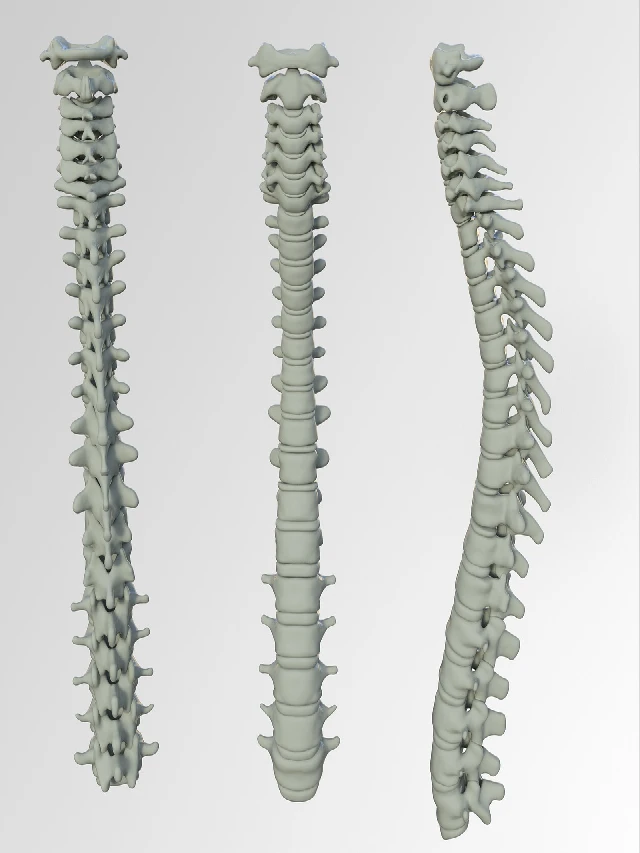
Vertebrates have a structure of pole-like bones called the vertebral column, and from inside this vertebral column, a bundle of nerves comes from top to bottom called the spinal cord.
General Characteristics of subphylum Vertebrata
- In vertebrates, the notochord is found in the embryonic stage and converts into the vertebral column in the adult stage.
- All vertebrates are chordates, but all chordates are not vertebrates.
- In these, the muscular heart is found in the ventral part, which is 2, 3, and 4-chambered.
- The kidneys are found in these, which help with excretion.
- They have two pairs of paired appendages in the form of fins or legs.
Subphylum – Vertebrata is divided into two parts.
1- Agnathostomata –
Such vertebrate animals that do not have jaws in their mouth are called Agnathostomata, and due to the absence of such jaws, their mouth is round. Its class is Cyclostomata.
2- Gnathostomata –
Such vertebrate animals having jaws in their mouth are called Gnathostomata. These are of two types.
- Pieces
- Tetrapoda
Pisces – Such Gnathostomata animals in which feathers are found are placed in Pisces. Fishes have been kept in it. It has two classes.
Chondrichthyes – These are those animals whose endoskeleton is made of cartilage.
Osteichthyes – These are those animals whose endoskeleton is made of bones.
Tetrapoda – Such Gnathostomata animals in which feet or appendages (forelimbs and hindlimbs) are found. It is divided into four sections.
- Amphibia
- Reptilia
- Avis
- Mammalia
Class: Cyclostomata
General characteristics of Cyclostomata
- All animals of this class are external parasites of some fishes.
- They have 6-15 pairs of gill slits for respiration.
- In these, a sucker without jaws and a circular mouth are found.
- Scales and paired fins are not found in them.
- Their skull and spinal cord are made of cartilage.
- Their circulatory system is of a closed type.
- They are found in the sea but go to fresh water for reproduction, and after reproduction, they die and return to the sea after larval metamorphosis.
- Examples – Petromyzon (Lamprey) and Myxene (Hagfish).
Class: Chondrichthyes
General characteristics of Chondrichthyes
- These are marine animals, all fish whose endoskeleton is made of cartilage.
- Their mouth is situated on the ventral side.
- In these, the vertebral column is found throughout life.
- In these, the gill slits are not covered by the operculum. Cover means that the membrane above the gill opening is called a veil, which is not found in this.
- Their skin is firm, the scales are scaly, and their teeth are formed by converting scales similar to the scales or tridents, bent backward.
- Their jaws are very strong.
- Air sacs are not found in them, so they must swim continuously to avoid drowning.
- In these, the heart is made up of two chambers: one is the atrium, and the other is the ventricle.
- All these are aerothermal, and there is no ability to control the body temperature.
- They are unisexual, and claspers are found in the pelvic fins in males, which help in reproduction.
- Fertilization is internal in these, and all are in the gynoecium. This means they give birth to children.
- Examples – Scarliodon (dogfish), Prestis (sawfish), Carcarodon (great white shark), and Trigon (whale shark).
- Some animals of this class have electrical organs. For example, venomous bites are found in torpedoes and some. For instance – Trygon.
Class: Osteichthyes
General characteristics of Osteichthyes
- These animals are found in both salty and fresh water. These are also all fishes whose endoskeleton is bony.
- Their mouth is located at the front end.
- Four pairs of gill slits are found in them, which are covered with a veil.
- Their skin is covered with cycloid scales.
- Air sacs are found in these, which help with buoyancy (swimming).
- Their heart comprises two chambers, one of which is the atrium and the other is the ventricle.
- They are all Poikilothermic, meaning they cannot control body temperature.
- They are unisexual, and fertilization occurs externally. They mostly contain ovules.
- Examples – Marine – Exocitus (flying fish) Hippocampus (sea horse). Non-Saline – Labeo (Rohu), Qatla, Kalerius (Mangur), Aquarium Beta (Fighting Fish), Petropisum (Angus Fish).
Class: Amphibia
General characteristics of Amphibia
- These animals are found on both terrestrial and water.
- Their body is divided into a head and trunk, and two pairs of legs are found in them.
- Tails are present in some of these animals.
- Their skin is moist, and their eyes are eyelids.
- They have an eardrum instead of an ear.
- The cloaca chamber is found in the alimentary canal, urinary bladder, and genital tract.
- In these, respiration occurs through the gills, lungs, and skin.
- In these, the heart is of three brackets.
- They are heterotherms, and unisexual fertilization occurs externally.
- Examples– Bufo (toad), Rana tigrina (frog), Hyla (tree frog), (salamander), and Achthyophis (legless amphibian).
Class: Reptile
General characteristics of Reptile
- These animals move by sliding and crawling.
- They are both terrestrial and aquatic, on whose bodies dry scales are found, which are made of a protein called keratin. Because of this, they are very solid.
- The eardrum is also found in these.
- Two pairs of feet can be found in them.
- Their heart is in three chambers, but the crocodile has four chambers.
- They are cold-blooded; snakes and lizards shed their scales through dermal skin.
- They are unisexual, and fertilization is internal. All these are eggs.
- Examples – Chilon (Turtle), Testudo (Tortoise), Camelion (Tree Lizard), Kelotus (Garden Lizard) Alligator), Crocodylus (Alligator), Hemidactylus (House Lizard) Venomous snakes – Naja (Cobra), Vagarus (Kret), Viper.
Class: Aves
General characteristics of Aves
- The main characteristic of Aves is the presence of wings on the body and the ability to fly (except for some flightless birds like Ostrich).
- The beak is found in them.
- The forelimbs are modified to form wings.
- Hindlimbs usually have scales modified to help them walk, swim, and grasp tree branches.
- Their skin is dry, and no other skin gland is found except the oil gland in the tail.
- The long bones of the endoskeleton are hollow and contain air sacs.
- In their digestive tract, the supporting structures are crops and muscles.
- Their heart is made up of four chambers.
- They are homeotherms; that is, their body temperature remains constant.
- In these, respiration takes place through the lungs.
- Examples – Corvus (crow), Columba (pigeon), Citicula (parrot), Striio (OstrichOstrich), Pavo (peacock), Atenodytes (penguin), Pseudogypus (vulture).
Class: Mammalia
General characteristics of Mammalia
- Animals of this class are found in all types of environments, such as polar cold regions, deserts, forests, grasslands, and dark caves.
- The most important feature of mammals is the milk-producing gland (mammary gland) from which children get nutrition.
- Two pairs of legs are found in them, which are adapted for walking, running, and climbing trees.
- Hair is found on their skin.
- Some of these have adaptations to fly and live in water.
- External earlobes are found in these.
- Various types of teeth in the jaw are engaged in the socket of the gum.
- The heart consists of four chambers. There are two atriums and two ventricles.
- The muscular diaphragm opens the act of respiration.
- Sexes are separate, and fertilization is internal.
- Except for a few, all mammals give birth to young, and development is direct. Platypus and Echidna have eggs.
- Example – Viviparous – Macropus (kangaroo), Tauropus (flying fox), Camelus (camel), Macaca (monkey), Rats (rat), Canis (dog), Phasis (cat), Elephus.
Friends, I hope you have liked the information about Phylum Chordata; if you like it, please share it with your friends so they can also benefit from it, and if it is this article, If there is any mistake, please tell by commenting.
Thank you very much
